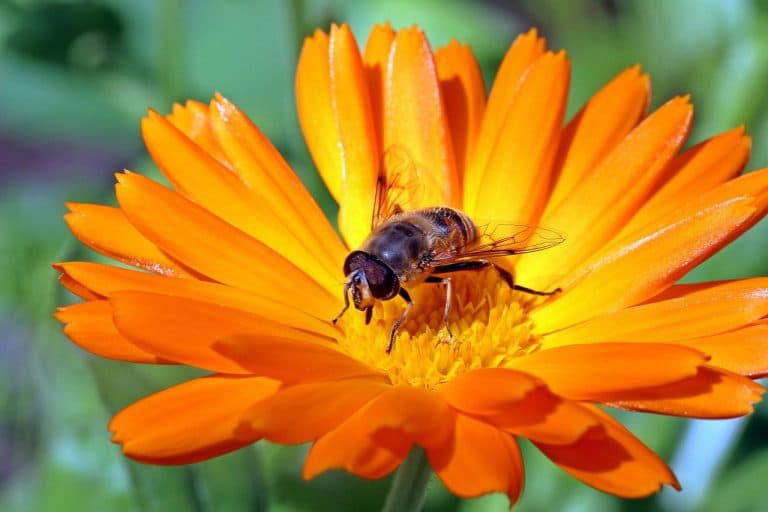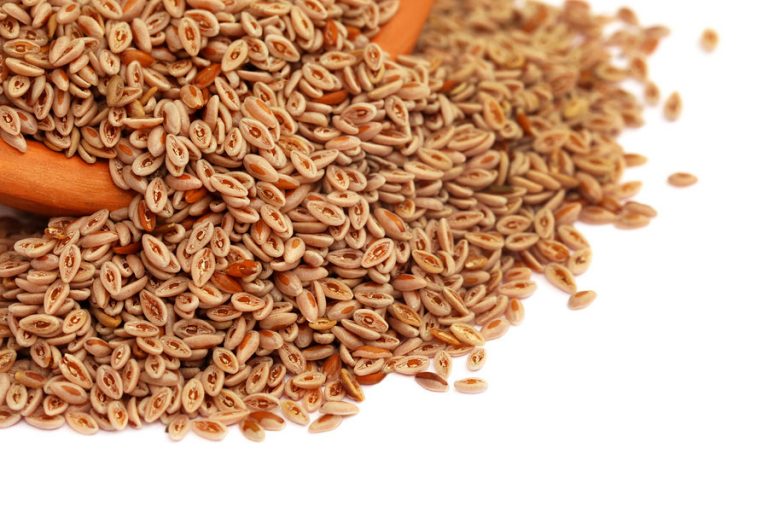Wasabi
Scientific Classification
| Kingdom: | Plantae |
| Order: | Brasicales |
| Family: | Brassicaceae |
| Genus: | Nasturtium |
| Species: | E. Japonicum |
The Wasabi plant is also known as Namida, Bergestockrose, and Japanese Horseradish. Every part of the plant is very useful. It has antibacterial and anti-inflammatory properties. This plant reduces the risk of heart disease and cancer. It has a powerful taste and a resounding effect on health. Wasabi is a perennial Crucifer and originates in Temperate Asian areas of Japan. This plant is used as an herb because it has powerful medicinal action. This plant contains vitamins B6 and C, fiber, calcium, protein, manganese, magnesium, and potassium. It also contains glucosinolates, which are a stable group of compounds. This plant has anti-microbial, anti-platelet, and anti-cancer effects. Unique and natural chemicals are found only in the wasabi plant and these are biologically important to the health of human beings. This plant is challenged to grow because it has unique characteristics that make it very expensive.
History
Hundreds of years ago, wasabi was discovered by a farmer in a remote mountain village. In the 10th Century it was cultivated in Japan, and since spread to New Zealand, Taiwan, Canada and America. During the 16th Century, this plant grew naturally in Mountain the regions. In the early times it was used as an ingredient in cooking. In the middle ages, the dishes of wasabi served in Buddhist temples.
Anatomy
The Wasabi plant has large heart shaped leaves which are 60cm high and 1 meter wide. Its lower stems are called Rhizomes because they usually grow underground. The Flowers of this plant embrace four petals, six stamens and a pistil. The leaves of the plant are large and heart shaped. Long stems of the wasabi plant emerge from the Rhizome to grow and reach a length of 12 to 18 inches and a diameter of 1 ½ inches. The root like stem of the plant has a distinctive fresh, sweet, hot flavor. The flowers of the plant are hermaphrodite and they occur in April to May.
Habitat
The Wasabi plant grows naturally in Japan, New Zealand and parts of Asia. The Wasabi plant grows in many countries of the world such as Brazil, Taiwan, Israel, Brazil, Columbia, Thailand, USA and Korea. Natural habitats of wasabi plant are wet places, streams, Mountains and lowland areas and near coasts. This plant can also be found in Siberia. To thrive naturally this plant requires a specific environment
Soil for Planting
The Wasabi plant requires extremely well drained soil and moisture. It cannot tolerate soggy roots and requires sulfur rich fertilizers. It prefers very rich, organic soil with PH 6 to 7. Medium sandy and light loamy soil is also ideal for the plant. To check the drainage level, pour some water in the soil where you are supposed to plant this herb, and if the water drains slowly, then add some compost or mulch which will help the soil easily to drain the water. Over watering may cause the herb to succumb to wilt and diseases.
Planting
Under natural forest canopies, the Wasabi plant grows in a wet environment. A planting of the wasabi plant is done by sowing seeds. Make sure the seeds are fresh and plan to sow it within 48 hours, by which time, it should be kept moist. Prior to the sowing, the seeds should be soaked in clear water for a whole night to help to soften the outer cover so as to aid its efforts to germinate soon. Next day, lightly press the seed into the soil, one or two inches apart. Water it regularly as it prefers a moist and wet soil, especially during the sprouting period. Late fall is the best time of planting and to establish roots; the winter season is ideal for the plant.
Watering
The Wasabi plant requires deep and regular watering, particularly in dry and hot months. For good growth its roots require a lot of moisture because it is a semi aquatic plant. So the roots should never dry out. This plant grows best in running water, but it should not be muddy and waterlogged. Hence, do not water it by using buckets of water at one time, but sprinkle over the plants more than one time to keep it moist always.
Temperature and Humidity
The Wasabi plant requires an air temperature between 8 degree C and 20 degree C. In summer, it prefers high humidity. It cannot tolerate direct sunlight; it naturally grows under shade. Growth of the plant is inhibited by an air temperature of less than 8 degree C.
Flowering and Maturing Care
The Wasabi plant requires good care and maintenance. Organic matter such as mature compost is essential to be added to the soil before planting. It helps with drainage and also gives nutrition to the plant. Once established, this plant is not unduly demanding. Mulching is also ideal for the plant to retain moisture in the soil. This plant requires protection from cold winter temperature.
Harvest
When the Rhizomes of wasabi plant are about 7 to 8 inches long and 0.5 to 1.0 in diameter, then the plant is ready to harvest. Rhizomes of the plant take 2 years to mature. Harvesting of roots is done in spring or autumn season when the temperature is cool. Usual method of harvesting the wasabi plant is digging the root by hand.
Pests and Pesticides
The wasabi plant suffers from many pests and diseases. The most common pests of this plant are the Diamond Back Moth and the White Butterfly. Aphids, snails and slugs are also common pests of the plant. The Phoma Fungal Disease also affects the crop. Many root and stem bacterial and fungal diseases damage the plant. Spraying of insecticides and pesticides can protect the plant from these pests. The best defense for the plant is to maintain a favorable temperature and ideal conditions.
Uses
Green paste of the wasabi plant is made by fleshy rhizomes and is used as a condiment in Japan. Flowers, leaves and sliced rhizomes are soaked in salt water and used in making the popular Japanese pickle called “wasabi-Zuke”. The root of the plant is an herb and used to stimulate digestion. It is an important garnish to many traditional dishes of Japan such as Tempura, noodle dishes and raw fish. Roots and stem bases of the plant can be processed into powder and paste. It is used in small quantities because of its pungent taste. Fried or roasted Soybean, peas and peanuts are coated with sugar, salt or oil mixed wasabi powder and then eaten as a crunchy snack. As a medicine, it is used in the treatment of Asthma, arthritis, seasonal allergies, food poisoning, allergic reactions, gingivitis and dental problems. This plant is helpful in reducing diarrhea and it also protects the Nephrons in diabetic patients. It provides immune modulation and protects cardiovascular functions. The leaves of the plant are used to treat respiratory problems such as cough, cold and sinus. This plant helps in removing toxins from the body and it is also ground and added to toothpaste.

Having discovered a fondness for insects while pursuing her degree in Biology, Randi Jones was quite bugged to know that people usually dismissed these little creatures as “creepy-crawlies”.







